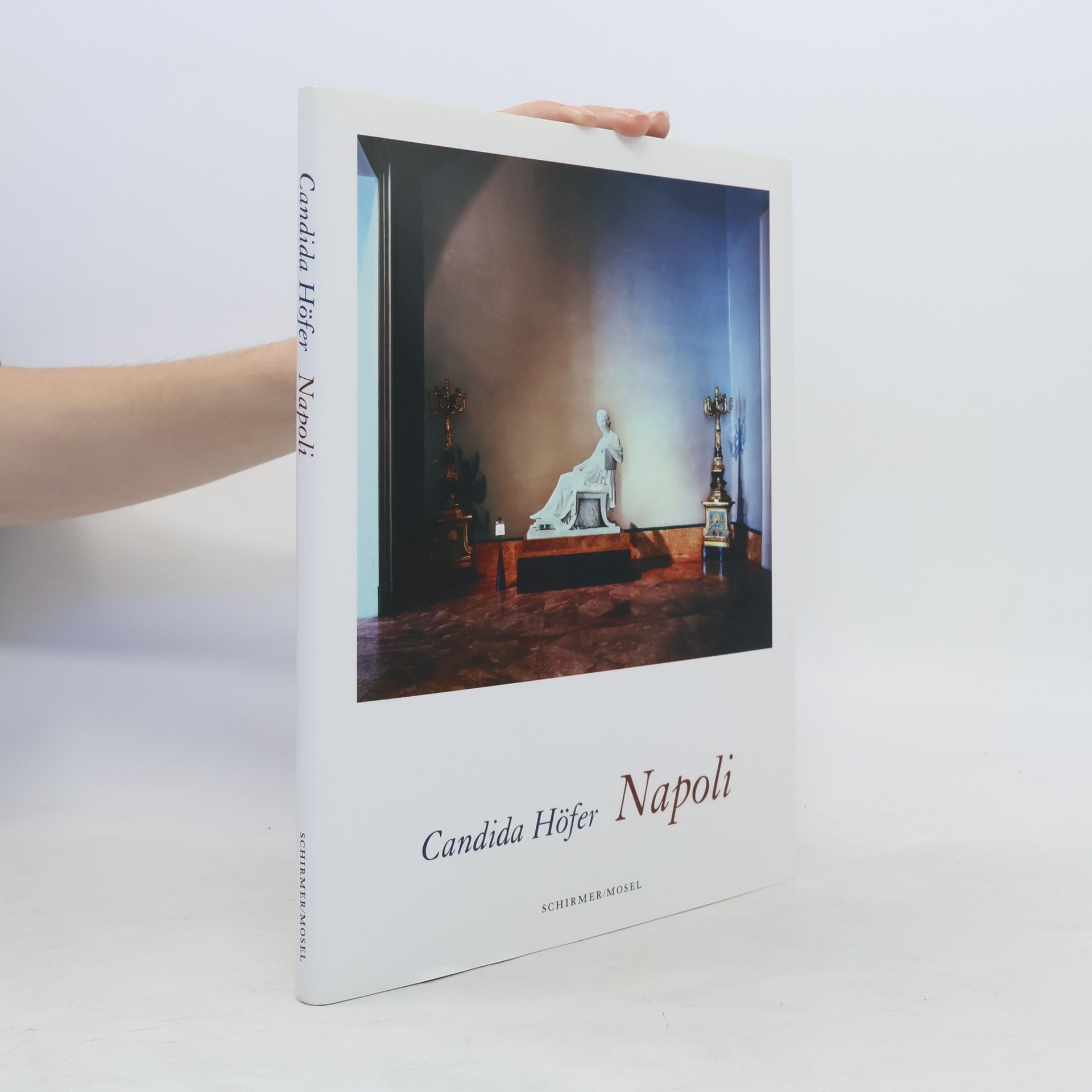Neues Museum Berlin
- 286pagine
- 11 ore di lettura
Foreword by Àlvaro Siza and introduction by David Chipperfield set the stage for this comprehensive documentation of a pivotal project: the Neues Museum on Berlin's Museumsinsel. Edited by Chipperfield, the book showcases his innovative approach to merging old and new, likening his method to that of a painter meticulously considering each stroke. Candida Höfer's photographs capture the museum's completed rooms in soft natural light, highlighting the architectural interventions before furnishings were added. These images, presented as matt color plates, emphasize the grandeur of the empty spaces. Accompanying the visuals are essays from prominent figures in architecture and art history, who explore the project's conservation and enhancement principles. Kenneth Frampton examines the historical significance of restoring such a structure, while Joseph Rykwert reflects on the building's complex, layered history. An interview with Chipperfield by Wolfgang Wolters delves into the challenges of the restoration process, and Thomas Weski offers insights into Höfer’s photography. Additionally, a chronology outlines the building's history, the reconstruction proposals, and the restoration journey. This collection of perspectives enriches the understanding of the museum's significance and the architectural dialogue it inspires.


